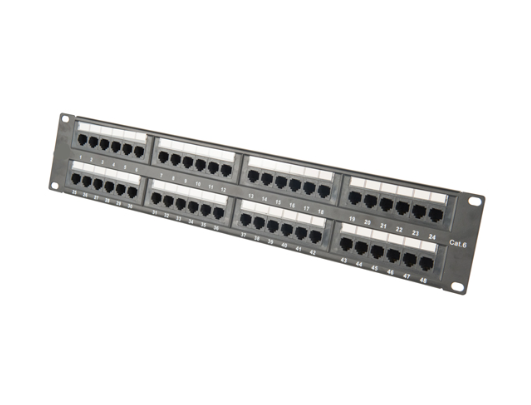News
Site Editor
 Site
https://leonetworkgroup.usa18.wondercdn.com/uploads/image/5fe152faa587d.png
Heat trace cables are essential tools for dealing with ice build-up and maintaining stable temperatures in cold environments. These cables are installed on pipes, roofs, and other surfaces to prevent ice formation and ensure that fluids flow properly. Heat trace cables are used in a variety of applications, including process heating, freeze protection, and temperature maintenance, which means that
Site
https://leonetworkgroup.usa18.wondercdn.com/uploads/image/5fe152faa587d.png
Heat trace cables are essential tools for dealing with ice build-up and maintaining stable temperatures in cold environments. These cables are installed on pipes, roofs, and other surfaces to prevent ice formation and ensure that fluids flow properly. Heat trace cables are used in a variety of applications, including process heating, freeze protection, and temperature maintenance, which means that
How To Test Heat Trace Cable
Views: 457
Author: Site Editor
Publish Time: 2023-07-11
Origin: Site
Heat trace cables are essential tools for dealing with ice build-up and maintaining stable temperatures in cold environments. These cables are installed on pipes, roofs, and other surfaces to prevent ice formation and ensure that fluids flow properly. Heat trace cables are used in a variety of applications, including process heating, freeze protection, and temperature maintenance, which means that they must be tested regularly to ensure that they are working correctly.
Here is a step-by-step guide on how to test heat trace cables:
1. Inspect the heat trace cables for any physical damage. Check for signs of damage such as cuts, punctures, or exposed wires. Also check that the cable connections are secure and properly fastened.
2. Confirm that the heat trace cable is getting power. Check the electrical supply to the cable and verify that it is connected and functioning correctly. Confirm that the electrical circuit breaker and fuses are functional.
3. Wait for the heat trace cable to heat up. It might take several minutes or an hour for the cable to warm up, depending on the length and rating of the cable. If the cable is not heating up, check the electrical supply and the cable connections for any loose connections or corrosion.
4. Measure the temperature of the cable using a thermometer. Place the thermometer close to the cable without touching it, and record the reading. The temperature of the cable should be between 180℉ to 200℉ (82℃ to 93℃), depending on the cable’s specifications.
5. Test the circuit continuity of the heat trace cable. Do this by using a multimeter to measure the resistance of the cable. Set the multimeter to measure resistance, touch one lead to each end of the cable, and record the resistance measurement. The resistance should be within the manufacturer’s specifications. If the resistance is outside the acceptable range, there may be damage to the cable.
6. Verify that the heat trace cable is providing enough heat. Check the temperature of the pipe or surface that the cable is installed on and verify that it is warm to the touch. The pipe should be warm but not hot to the touch.
7. If there is any doubt about the heat trace cable’s functionality, call a professional. A licensed electrician can assess the heat trace cable’s integrity and perform the necessary repairs or replacements.
In conclusion, testing heat trace cables for functionality is important to ensure that they perform as they should. By following this step-by-step guide on how to test the cable, you can determine if there are any damages or issues with the heating element. Regular testing can help to prevent costly repairs or replacements and ensure that you maintain a safe and comfortable working environment.
If you want to know more about industrial network cabinet,china fiber optic splice closure,china fiber optic distribution box,please consult the fiber optic splice closure factory









